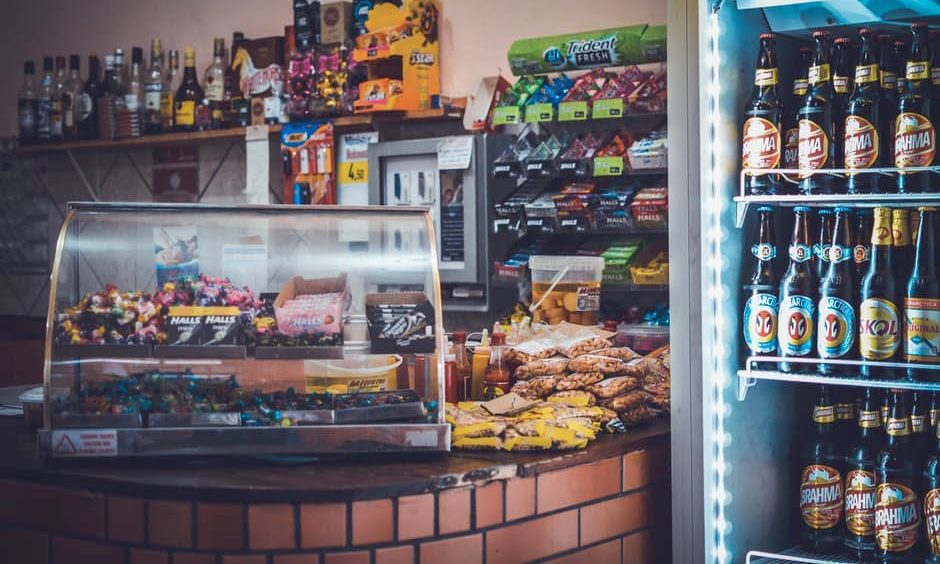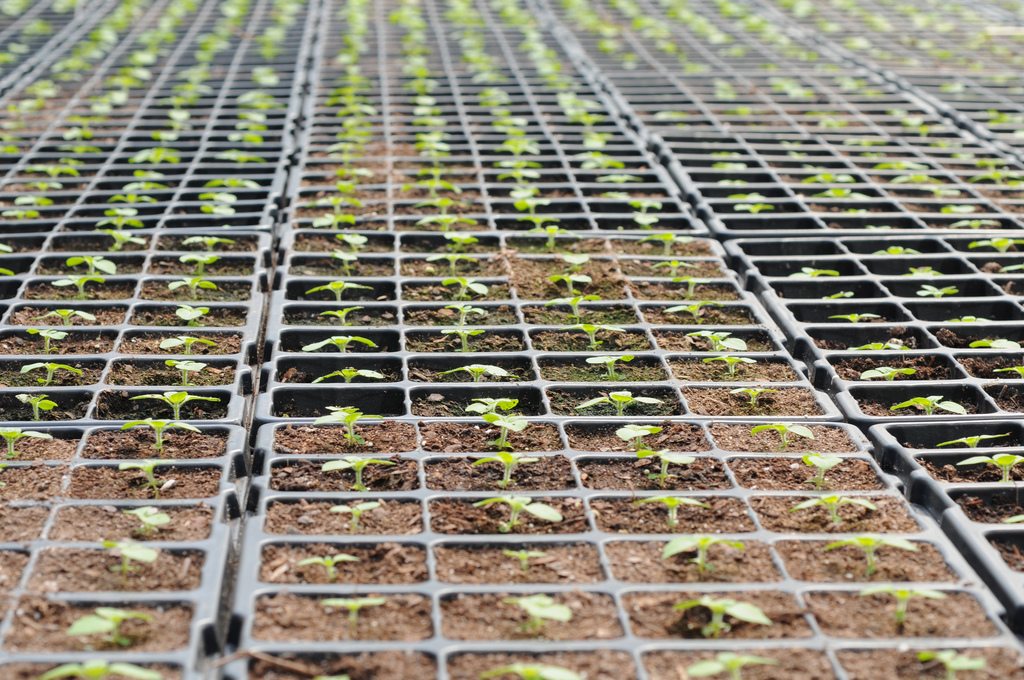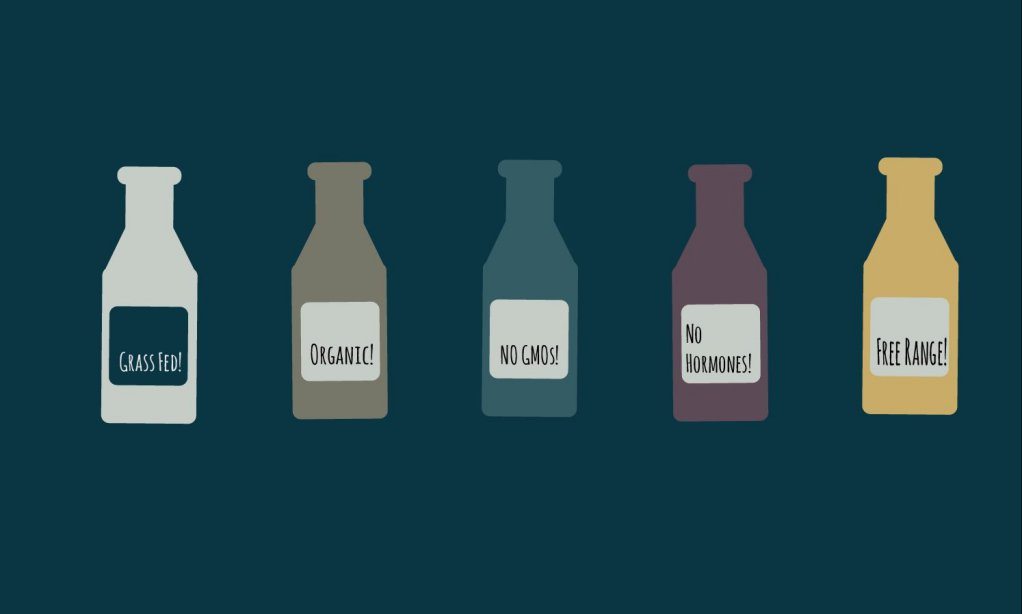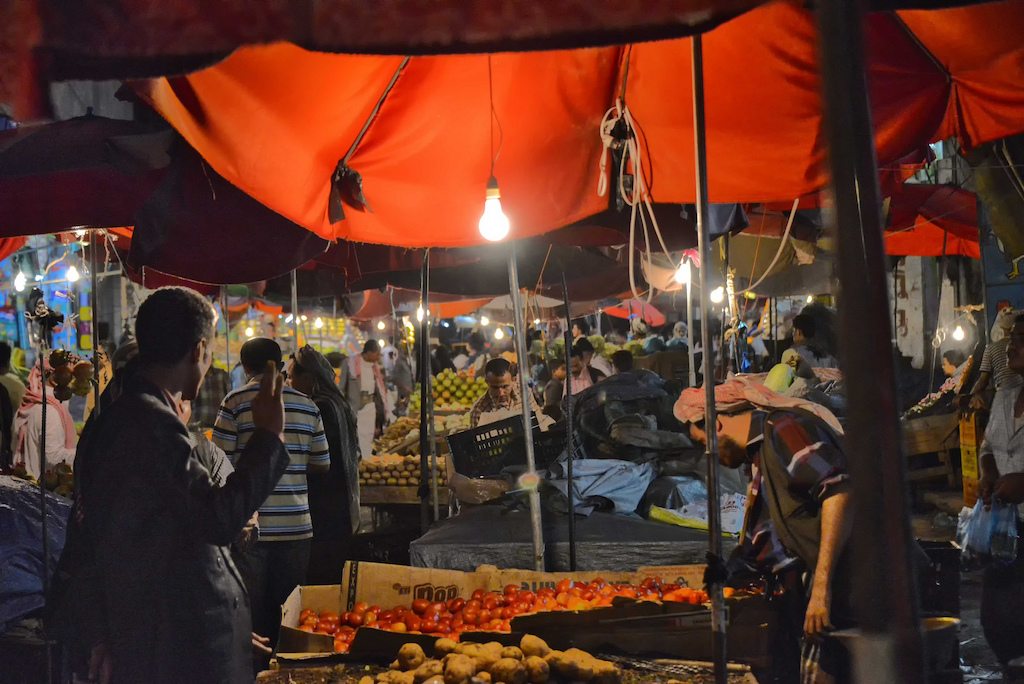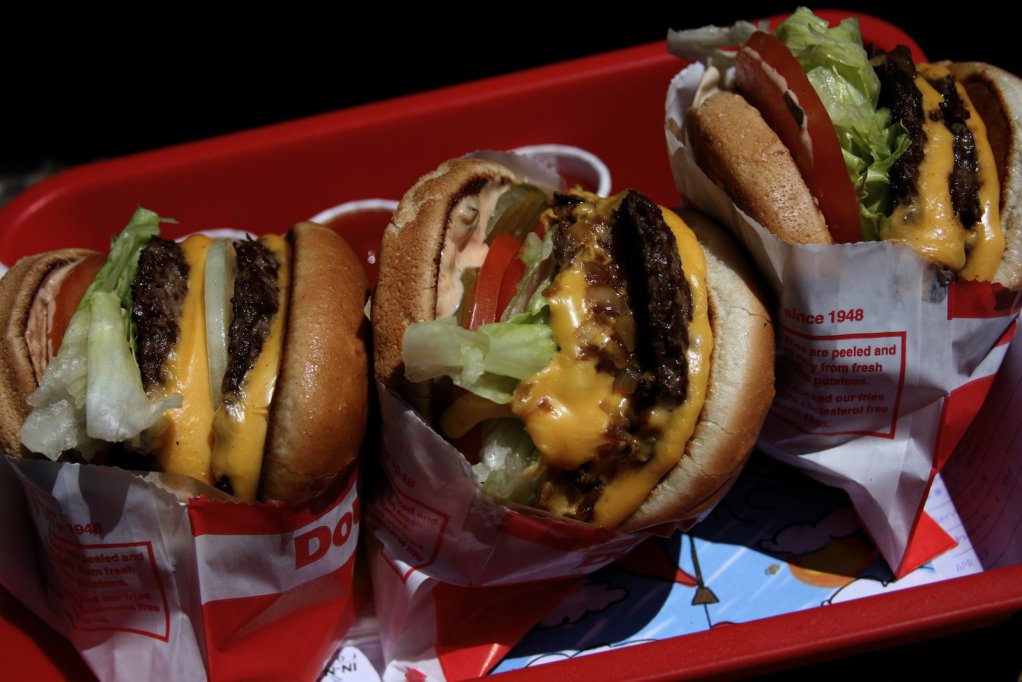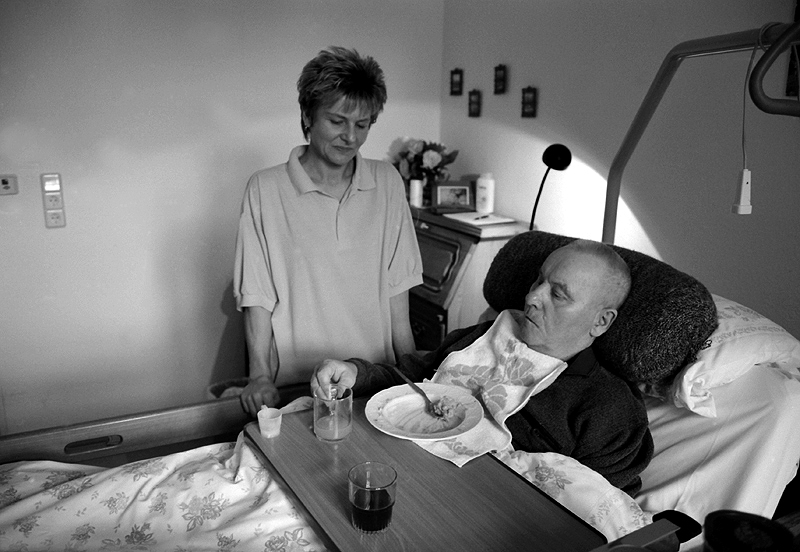Affordability is vexing issue. It’s pretty clear that on balance relatively healthful food is more expensive than relatively unhealthful. But as Tamar Haspel pointed out in the Washington Post last week, you can feed yourself well for not much money—if you know what you’re doing, if you want to, if you have time to cook, if you have access to the right products, if, if, if.
Haspel quotes Adam Drewnowski, director of the University of Washington’s Center for Public Health Nutrition, who told her, “Obesity is almost entirely an economic issue, and the higher cost of healthier foods is THE main problem.”
That’s a discouraging assessment, but not nearly as discouraging as the alternative: that the higher cost of good food isn’t the biggest problem. What if ill-nourished people could suddenly afford to eat better? Would they? And if not, what does that mean for the effort to improve the way people eat?
Which brings us to a recent paper written by a young economist named Olga Kozlova. (I’m grateful to Tyler Cowen’s extraordinary Marginal Revolution blog for pointing out her unpublished study.) Kozlova wanted an experiment that would let her look at how small economic windfalls would show up in the shopping carts of low-income Americans. Her premise: Poorer people live close to the edge. If the temperature drops in the winter, they’ll have a bit less money to spend the next month on food. If the weather is warm, they’ll have a bit more. Kozlova worked some database magic to come up with a group of households whose income range she knew and whose purchasing she could track. She calculated their month-by-month heating bills for a four-year period and tracked what happened when they had a bit of extra cash.
The results: In households of up to about 200 percent of the poverty line (about $48,500 for a family of four), when more cash was available people spent more on food: When the average temperature went from 32°F to 36°F, spending on food increased by about 4 percent.
But what kind of food did they buy? Here, the results were nuanced in an interesting way. The poorest group—those whose income was below 130 percent of the poverty level, which is also the cutoff for SNAP benefits—simply bought more calories. There was no change in the mix of foods and brands they bought. Above 130 percent of the poverty level, households responded to extra cash by changing the mix of what they bought. They bought a tiny bit more healthy food, shifting from processed foods to vegetables and dairy. But mostly they bought different products, some better, some worse. They bought drinks with more sugar, dairy with more sugar, but grain-based products with less sodium—a mixed bag. Households with revenue above 200 percent of the poverty line responded less to the availability of extra cash. They devoted slightly more of their food dollar to fruits, dairy, and oils, and slightly less to meat. They also opted for more sugar in their dairy and more fiber in their grain products.
In other words, if you were thinking—or hoping—that low-income consumers look on healthy food as a luxury that they could buy if only they could afford it, the evidence in this study doesn’t seem to be in your favor. The study doesn’t rule out access as a problem that prevents people from buying healthier food, but the numbers also raise the possibility that food deserts are at least partly an effect of poor diet rather than a cause—that stores don’t stock what people won’t buy.
Here’s why studies like Kozlova’s are important to people working in the food movement: Much of what food activists and food system innovators do is aimed at shortening the supply chain that leads from farmer to consumer. Get rid of the squads of middlemen, distributors, and processors, and you drain costs out of the system, leaving more for farmers at the front end—and reducing prices at the checkout. You also get rid of all the things middlemen do to make food suitable for a long supply chain—preservatives and processing to make food survive its long voyage from farm to home, and loads of sugar, salt, and fat to make up for the fact that quality has been compromised and to make consumers crave foods that may not be so good for them.
Those efforts are important. Some of them may even work, despite Big Foods’ remarkable ability to imitate, adapt, and co-opt. But what Kozlova points out is that when we’ve fixed the supply chain, there’s still the problem of demand. When people can afford better food, when it is available to them, they still have to want it. We can’t just fix supply. We have to address demand.
That shouldn’t be hard. We have bodies that crave the nourishment they need. The habit of filling them up with foods that leave us weakened and unhealthy is perverse and hard to explain even when you know the culprits—from poverty to poor education to advertising to a contemporary lifestyle that seems designed for something other than flesh-and-blood humans. But it is hard to change what people want. It will continue to be hard. And if we’re not to abandon large portions of the population to unnecessary suffering, it has to be done.
